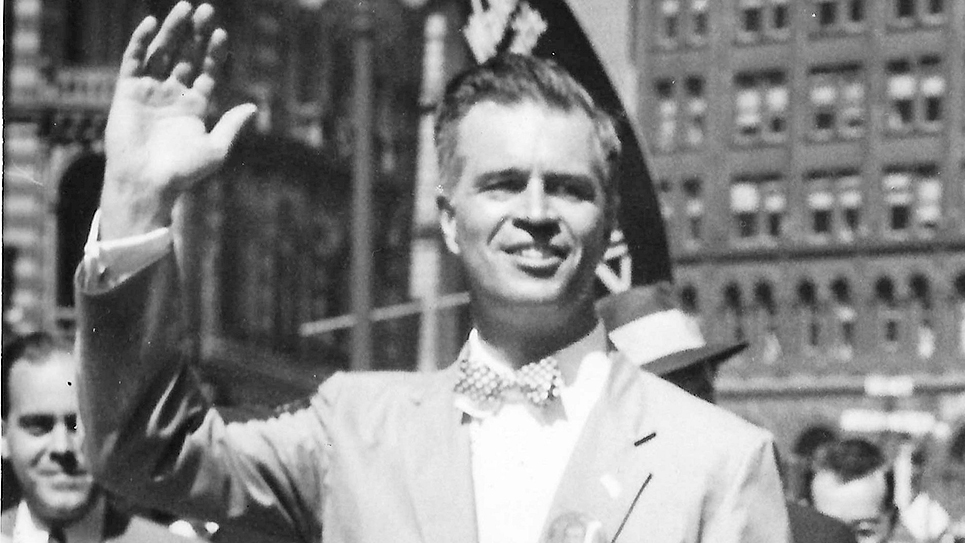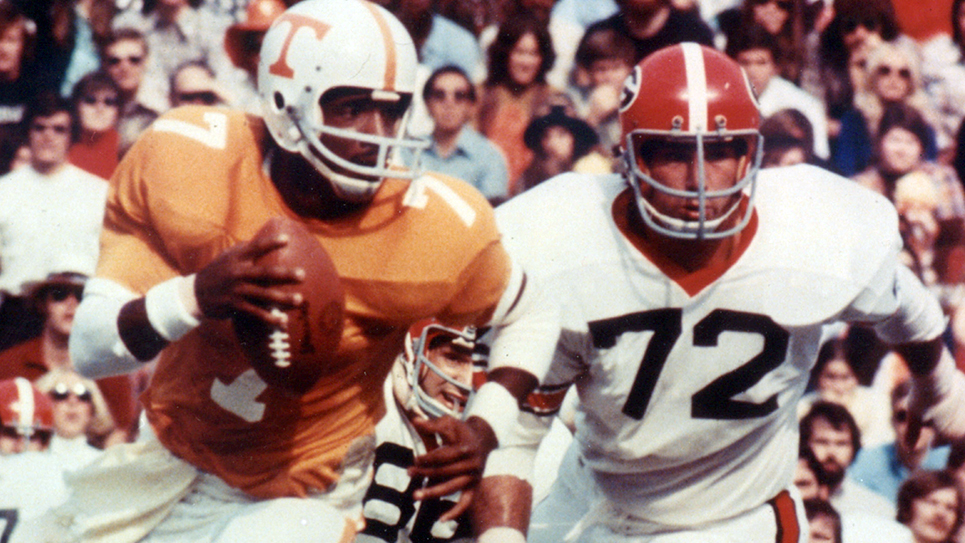By Steve Williams
We’ve seen a lot of change in collegiate sports, particularly football, over the past 20 years or so. Some of the change has been good. I wish some of it had never happened.
A thumbs up for recent advancement in dealing with concussions and rule changes to take dangerous contact out of the game.
A thumbs up for a four-team playoff system, finally, to determine the Division 1 champion, although eight teams would have been better.
A thumbs down for sizzling August and September kickoff times at noon or 3:30 and frigid late October and November kickoffs at 7 or 9 p.m.
A thumbs down for conference expansion that resulted in the loss of many top rivalry games, like Oklahoma vs. Nebraska. Heck, I’m old school. I’d take back the 10-member Southeastern Conference, the old Southwest Conference and the Big Eight in a heartbeat.
A thumbs down for the guy on the field wearing the red cap and holding up the game for the long TV commercial break. Folks watching the game at home can go to the fridge during this down time. Those at the stadium just have to wait it out.
But then, that’s the price today’s fan must put up with in exchange for having football games on television from noon to midnight every Saturday.
The biggest change yet, however, is just around the corner. College football’s five “power conferences” are seeking autonomy, or freedom from external control or influence.
Southeastern Conference Commissioner Mike Slive basically said at SEC Media Days last month that if the power conferences aren’t granted autonomy, they would leave the NCAA and play on their own.
The NCAA isn’t expected to get in their way. Look for its Board of Directors to pass the proposal for autonomy this week. They can’t afford to lose the 65 or so schools that make up the power conferences – the SEC, Big 12, Pac-12, Big Ten and Atlantic Coast.
When the power conferences are granted autonomy, they must be careful to not abuse it.
From what I’m hearing, the first objective will be to provide student-athletes with “full cost of attendance” scholarships to ease their financial burden while they’re in school and away from home.
I feel even a little more should be done in terms of compensation.
With practice time, individual workouts and game time during the season, student-athletes don’t have time to work a part-time job to make extra money like some regular students do, so I suggest paying them for the hours they put in during practices and games. How about $10 per hour?
Twenty-five hours a week, or some $250, surely would come in handy.
The worst thing that could happen is paying student-athletes exorbitant wages and turning college athletes into high-paid professional athletes.
Over the decades, a special attraction of college football has simply been players giving it “the old college try.” And surrounding that spirit of play on the field with the unique pageantry, passion and tradition of each university. If college football loses such great things in the change to autonomy, it will become nothing more than minor league professional football.
College football already has gotten out of hand as far as the high coaching salaries.
Johnny Majors made right around $350,000 when he last coached at UT in the early 1990s. Current UT coach Butch Jones makes close to 10 times that much now.
I’m certainly not suggesting to pay college coaches minimum wage, but it would be nice to see some of that money go directly to the university and distributed in such a way that student tuition fees could be reduced.
Why can’t those television contracts be drawn up in a way to spread the wealth? After all, there would be no UT football team without the university.






